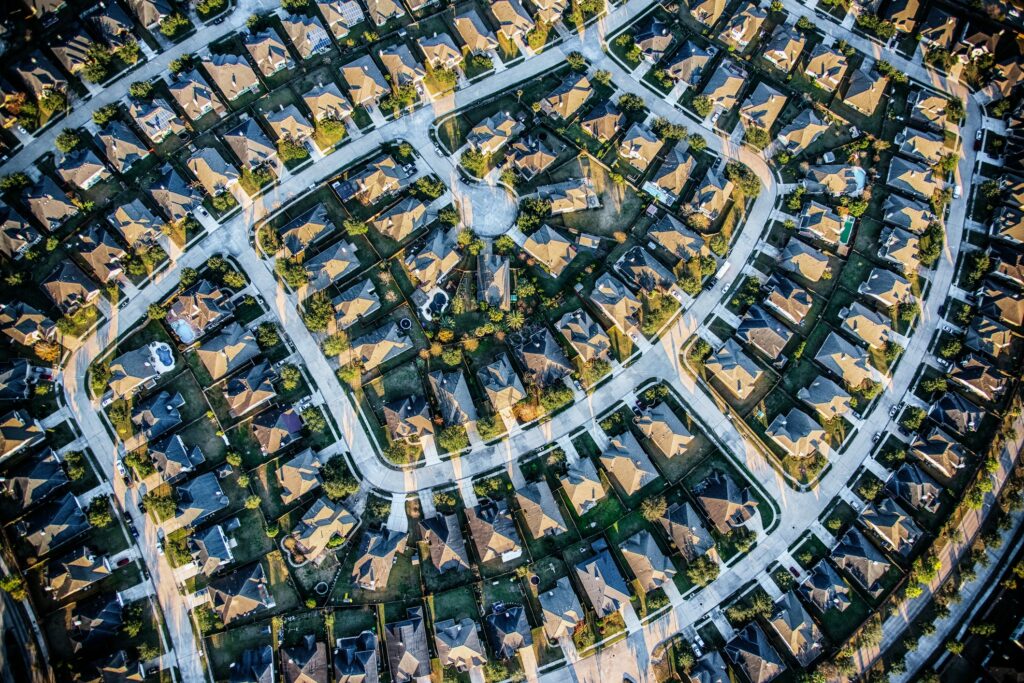As her magical adventure in the Land of Oz drew to a close, Dorothy clicked her heels and said to herself, “there’s no place like home,” a line eternally etched into the minds of people around the world. However, this quote transcends cinematic classics, particularly when considering its sentiment in relation to population health. Understanding housing’s effect on health is critical for effective community health planning, so it should come as no surprise that experts are taking multiple steps to ensure vulnerable populations have a place they can call home.
Housing as a Social Determinant
Housing is one of the most important social determinants of health, and those who work in public health can approach housing as a social determinant from multiple angles. At the most basic level, having a physical place of residence shields countless populations from facing inclement outdoor conditions that may contribute to otherwise avoidable ailments. It’s something that many of us take for granted, yet homelessness statistics serve as a sobering reminder that it remains a luxury beyond the reach of many people.
For those fortunate enough to have sustainable living accommodations, the social determinant considerations may shift to assessing the living conditions and overall safety of a home. Does it meet basic safety code? How’s the ventilation? Any pest infestations? Are you living with anyone? If so, how will they affect your health? Lead exposure from paint in older houses is a common example people cite when discussing housing’s health effects, especially given its adverse effects on childhood development.
Other research angles include how the financial side of housing affects health—is paying for a home preventing people from affording food or proper medical treatment—along with the geography of the house—is it within access of public transportation, recreation areas, a hospital or health facility, etc.? All of which more-than-sufficiently paint a picture of the extent that housing can impact one’s health, so what are people doing in response to this impact?
Housing Differently
One way that cities work to improve the housing situations of their communities is with the implementation of supportive housing. Supportive housing combines stable housing for vulnerable populations with access to care and other support services. In 2015, nearly 350,000 people lived in permanent supportive housing, and other studies indicate the opportunities to receive care within supportive housing save considerable amounts of healthcare dollars that would have otherwise been spent on hospital treatment. Overall, the United States Interagency Council on Homelessness (USICH) concluded that research proves “supportive housing not only resolves homelessness and increases housing stability, but also improves health and lowers public costs by reducing the use of publicly-funded crisis services, including shelters, hospitals, psychiatric centers, jails, and prisons.”
Looking inward, Trevor Turner, M.D., FAWM, one of our PRC Excellence Accelerator® coaches, has led his own foray into sustainable housing solutions. After realizing “how much of healthcare was really being shaped and formed by what was going on outside the clinic,” namely by peoples’ living conditions, Dr. Turner co-founded Inzio, an AI-based construction organization that uses 3D printing technology to build sustainable houses.
3D-printed houses started gaining traction in recent years, with organizations like ICON advertising houses with single-day construction periods for only $10,000. For Inzio, upon geo–mapping a terrain to identify appropriate building materials native to the land, Dr. Truner and company attach 3D printer heads to construction machinery for production, utilizing AI to automate the process. Altogether, Dr. Turner summarizes Inzio’s operations with the question, “How do we take a person in their native terrain that needs sustainable housing… and enable that person to use something as simple as a tablet to build a house out of their native terrain with nothing other than a printer head that’s stuck on the end of a Caterpillar?”
Indeed, as an imperative social determinant of health, promoting safe and sustainable housing opens the door to improving the health of countless communities. It’s very possible that housing could play a factor in the results of your Community Health Needs Assessment. Nonetheless, solutions like supportive housing and organizations like Inzio lead the “Healthcare Differently” charge, working towards a future where everybody has a place that they click their heels to when they say “there’s no place like home.”
Sources and Further Reading
A 3D Print-Out You Could Call Home
Homelessness in America: Overview of Data and Causes
Housing And Health: An Overview Of The Literature
Housing is the Best Medicine: Supportive Housing and the Social Determinants of Health
PRCcast Mondays With Mel: Disrupting Healthcare Innovation with Dr. Trevor Turner

